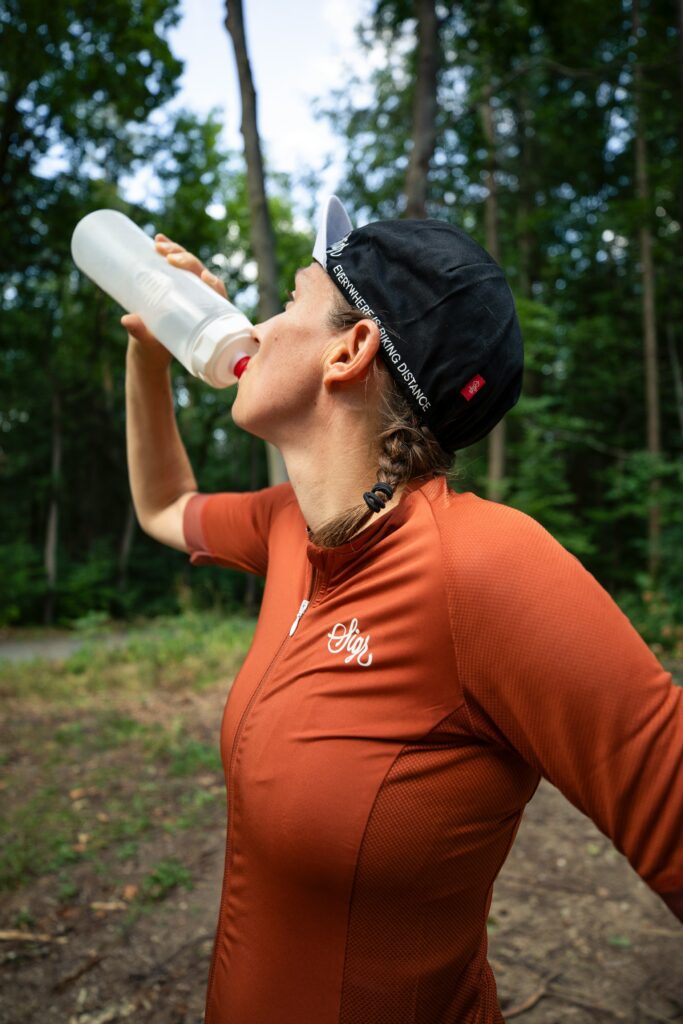Training in the heat presents unique challenges, but with proper preparation and strategies, you can continue to train safely and effectively. Here are five tips to help you navigate hot weather training:
- Understand Elevated Heart Rate Zones:
Tip: Expect higher heart rates in the heat as your body works harder to cool itself. Adjust your training intensity accordingly by using perceived effort instead of strictly following heart rate zones. It’s normal for heart rates to be 5-10 beats higher due to the extra demand placed on your cardiovascular system. - Prioritize Electrolyte Replacement:
Tip: When training in the heat, you’re more likely to lose electrolytes through sweat. Manage this by incorporating electrolytes into your hydration plan through drinks or tablets containing sodium, potassium, and magnesium. Monitor signs of electrolyte imbalance, like muscle cramps or fatigue, and adapt your intake as needed. - Choose Indoor vs. Outdoor Wisely:
Tip: When temperatures are dangerously high or there’s poor air quality, opt for indoor training sessions to maintain your workout routine safely. Use indoor alternatives like treadmills, stationary bikes, or pools. When training outdoors, aim to exercise during cooler parts of the day—early morning or late evening—and seek shaded or breezy routes. - Dress Appropriately:
Tip: Wear light-colored, loose, moisture-wicking clothing, and consider a hat and sunglasses to protect against the sun. Apply sunscreen to protect your skin. Your clothing should allow for maximal air circulation to aid in cooling the body effectively. - Hydrate and Monitor Cues:
Tip: Start hydrating well before your workout and continue to sip water throughout. Pay attention to your body’s signals—dizziness, nausea, or unusual fatigue can be signs of heat-related stress. If you experience any of these, stop exercising, find a cooler environment, and hydrate until you feel better.
Training in the heat requires adjustments and awareness of your body’s responses. By implementing these tips, you can maintain your fitness routine while minimizing risks associated with hot weather exercise.
Photo by Markus Spiske on Unsplash

